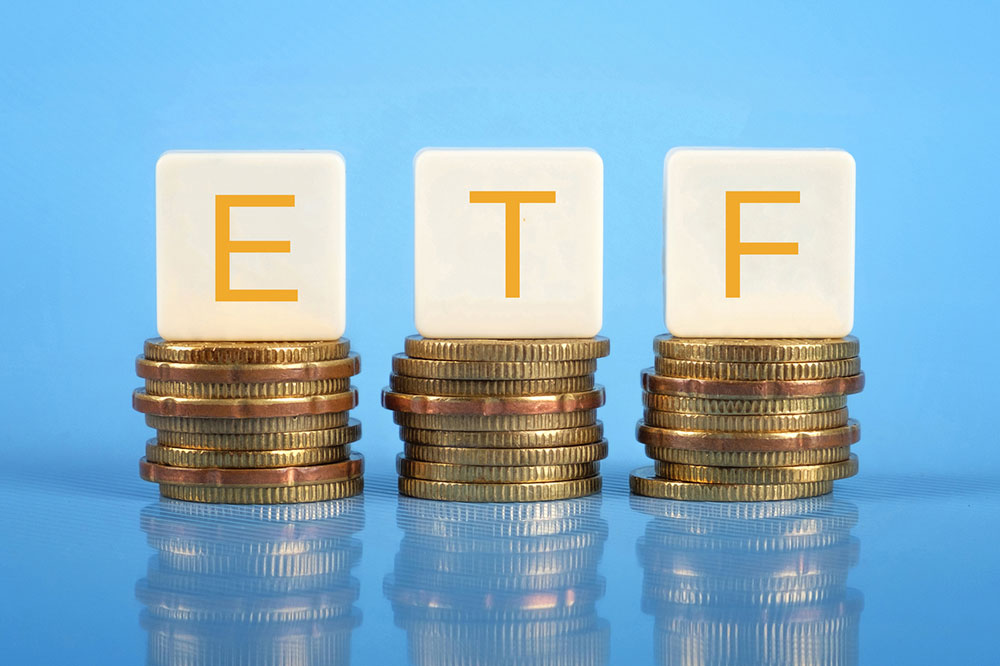
The 5 top high-yield bond ETFs currently
Since they offer better interest rates than investment-grade bonds, high-yield bonds might be preferred by many investors. Due to this very quality of theirs, they are more likely to default as well. So, high-yield bonds are also referred to as “junk” bonds because they are of lower quality and pose a higher level of risk. To make the most of the returns these bonds offer and minimize their risk, investors can diversify and invest in many high-yield bonds that are a part of exchange-traded funds.
iShares iBoxx $ High Yield Corporate Bond ETF (HYG)
Issued by one of the biggest names in the industry, Blackrock Financial Management, the HYG bond seeks to do what this benchmark based on the U.S. dollar-denominated corporate bond market or the “underlying index.” With an expense ratio of 0.48% and a return percentage of 11.03% in the last year, this ETF invests a significant chunk (90%) of its assets in various securities that make up the underlying index. The remaining 10% might be put into other securities outside of the underlying index and cash or cash equivalents.
VanEck Vectors Intl Hi Yld Bd ETF (IHY)
The VanEck Vectors Intl Hi Yld Bd ETF (IHY) tracks the ICE BofAML Global ex-US Issuers High Yield Constrained Index. High-yield bonds issued by corporations situated across the world, including developing and emerging market countries, comprise this index. These bonds are usually not investment-grade but one rung below. The bonds are denominated in U.S. Dollars, Euros, Canadian dollars, or pound sterling. Holdings included bonds issued by companies like the Softbank Group, the Vodafone Group, and many others. The expense ratio is 0.40%, and the one-year return performance is 12.10%.
VanEck Vectors Fallen Angel High Yield Bond ETF (ANGL)
As the name suggests, the VanEck Vectors Fallen Angel High Yield Bond ETF (ANGL) invests in what investors refer to as “fallen angel bonds.” Once upon a time, these bonds were considered solid investment-grade bonds, but have since been demoted to “junk” bonds. The ICE U.S. Fallen Angel High Yield 10% Constrained Index is what ANGL attempts to duplicate the yield of. The fund has a pretty low expense ratio of 0.35%, while the category average hovers around 0.41%. 25.3% has been the return performance of this fund in the last year. A deeper look at the fund’s holdings, and you will find that they consist of bonds issued by subsidiary companies of Kraft Heinz Foods Co., and T-Mobile U.S. Inc., and Carnival, a small leisure company.
iShares U.S. Fallen Angels USD Bond ETF (FALN)
Quite similar to ANGL, the iShares U.S. Fallen Angels USD Bond ETF (FALN) is also involved in “fallen angel” bonds that were once high-grade but have been pushed down to a “junk” status. FALN follows the Bloomberg Barclays U.S. High Yield Fallen Angel 3% Capped Index. This index comprises U.S. denominated high-yield corporate bonds with an investment-grade rating in the past. The fund has a yield performance of 24.8%, an expense ratio of 0.25%, and it invests in bonds across the developed countries’ markets, each with different maturities.
SPDR® Blmbg Barclays High Yield Bd ETF (JNK)
The SPDR® Blmbg Barclays High Yield Bd ETF mimics the performance in terms of price and yield of the Bloomberg Barclays High Yield Very Liquid Index. 80% of its assets go into the index’s component securities or other securities with similar qualities. These are usually publicly issued high-yield bonds with above-average liquidity denominated in U.S. dollars. The fund’s top three holdings are bonds issued by TransDigm, Carnival Corporation, and Centene Corporation.



